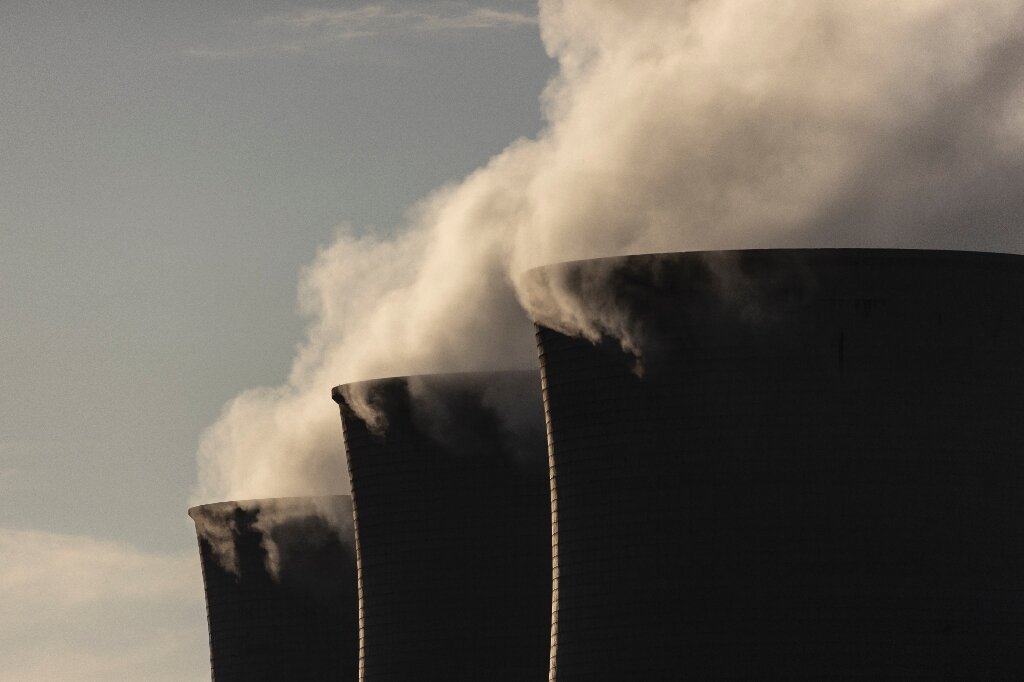Carbon capture and storage (CCS) and direct air capture (DAC) are two distinct technologies that focus on isolating CO2. The pressing issue of reducing carbon dioxide emissions, which reached a staggering 41 billion metric tons in 2022, has elevated these once-secondary options to the forefront of climate policy and investment. While both CCS and DAC are complex industrial processes that target CO2 isolation, it is crucial to understand that they differ significantly. Here, we provide a comprehensive overview of these technologies and their distinctions.
Firstly, CCS involves the extraction of CO2 from the exhaust or flue gas of fossil fuel-powered plants and industries. The exhaust from coal-fired power plants contains around 12 percent CO2, while in steel and cement production, it is typically double that amount. The main goal of CCS is to prevent additional carbon dioxide from entering the atmosphere. DAC, on the other hand, focuses on extracting CO2 molecules that are already present in the atmosphere. This makes DAC a “negative emissions” technology, capable of generating credits for companies seeking to offset their greenhouse gas emissions. However, to qualify for these credits, the captured CO2 must be permanently stored underground, in depleted oil and gas reservoirs or saline aquifers. It is worth noting that capturing CO2 using DAC is significantly more energy-intensive since the concentration of carbon dioxide in ambient air is only 420 parts per million.
Both CCS and DAC offer the opportunity to utilize the captured CO2 to create products like building materials or “green” aviation fuel. However, it is important to recognize that if the CO2 is utilized and subsequently released back into the air, it is not truly removed. Oliver Geden, a senior fellow at the German Institute for International Security Affairs, emphasizes this distinction.
CCS has been in use within the fossil fuel industry since the 1970s, primarily to boost crude oil extraction. However, retrofitting CCS facilities onto coal- and gas-fired power plants and storing the captured CO2 to reduce emissions has been financially impractical in the past. Nevertheless, the growing climate crisis and government support have revived interest in CCS for the power sector and other industries. Currently, there are 35 commercial-scale CCS facilities worldwide, according to the International Energy Agency (IEA), which have successfully isolated a total of 45 million tons of CO2. In contrast, DAC is a relatively new technology, with only 18 plants globally capturing approximately 10,000 tons of CO2 in 2022, equivalent to what the world emits in just 10 seconds.
To effectively contribute to global decarbonization efforts, both CCS and DAC need to be significantly scaled up. The IEA estimates that by 2030, CCS should divert 1.3 billion tons of CO2 per year from power and industry, an increase of 30 times compared to current levels. Similarly, DAC should aim to remove 60 million tons of CO2 annually by that date. While this poses a considerable challenge, it is not without precedent, as other technologies like solar panels have undergone rapid scaling in previous decades. Furthermore, the expansion of CCS and DAC may encounter delays due to the time-consuming process of preparing storage sites, which can take up to 10 years.
In terms of cost, CCS generally ranges from $15 to $20 per ton of CO2 for industrial processes with highly concentrated CO2 streams, and $40 to $120 per ton for more diluted gas streams found in power generation. DAC, being a nascent industry, currently incurs higher costs, ranging from $600 to $1,000 per ton of captured CO2. However, projections indicate that these costs will decrease significantly to $100-$300 per ton by 2050, according to the State of Carbon Dioxide Removal report.
As countries and companies face the pressure of decarbonization targets and net-zero commitments, more public and private funding is being directed towards CCS and DAC. In the United States, the Inflation Reduction Act and the Infrastructure Investment and Jobs Act allocate billions of dollars in tax credits and funding for CCS. Similar investments are being made in Canada, South Korea, China, and Europe. Additionally, several prominent companies, including Alphabet, Shopify, Meta, Stripe, Microsoft, and H&M Group, have contributed to a fund dedicated to purchasing at least $1 billion of “permanent carbon removal” using DAC technology. The financial sector is also actively engaging, as evidenced by JP Morgan’s $20 million carbon removal deal with Swiss DAC pioneer Climeworks.
In conclusion, the rapid growth and complexity of carbon capture technologies have brought CCS and DAC to the forefront of climate policy and investment. While they share the goal of isolating CO2, they differ significantly in terms of their approach and implications. As these technologies continue to develop, scaling up their implementation will be critical in achieving the necessary decarbonization targets.
Denial of responsibility! TechCodex is an automatic aggregator of the all world’s media. In each content, the hyperlink to the primary source is specified. All trademarks belong to their rightful owners, and all materials to their authors. For any complaint, please reach us at – [email protected]. We will take necessary action within 24 hours.

Jessica Irvine is a tech enthusiast specializing in gadgets. From smart home devices to cutting-edge electronics, Jessica explores the world of consumer tech, offering readers comprehensive reviews, hands-on experiences, and expert insights into the coolest and most innovative gadgets on the market.


